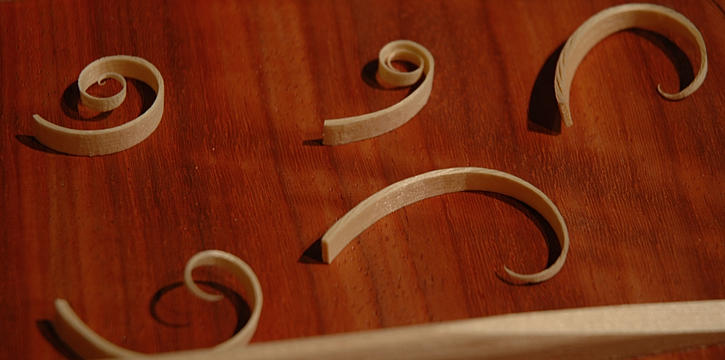Richard is from Holland, and speaks an excellent English, his explanations and instruction are simple, and precise, he gives measures in mm and in Inches. very useful.
I was amazed to see that he has posted an online guitar making course for classical guitar (17 lessons till today), using the most basic hand tools, no power tools at all, other than a dremel for the soundhole, and that only for demonstration purposes, he uses a manual circle cutter for the rosette inlay channels and for the soundhole.
the videos are well done, not fancy, and that is good, his workshop seems very nice, not too big and not too small. he makes all sorts of guitars, and seems to have a good reputation.
Though the videos do not cover every single aspect or moment of the procedure, they cover the big majority and I hope he will do some more to get the final steps of the work.
even if in one video he lost the audio ,it was still very instructional.
I do recommend his videos for those who cannot afford to go to a full immersion guitar making course.
the videos in order are here:
Lesson 1
Lesson 1.1 annex
Lesson 2
Lesson 3
Lesson 4
Lesson 5
Lesson 6
Lesson 7
Lesson 8
Lesson 9
Lesson 10
Lesson 11
Lesson 12
Lesson 13
Lesson 14
Lesson 15
Lesson 16
Lesson 17
Richard Heeres Web site:
www.heeresguitars.nl




